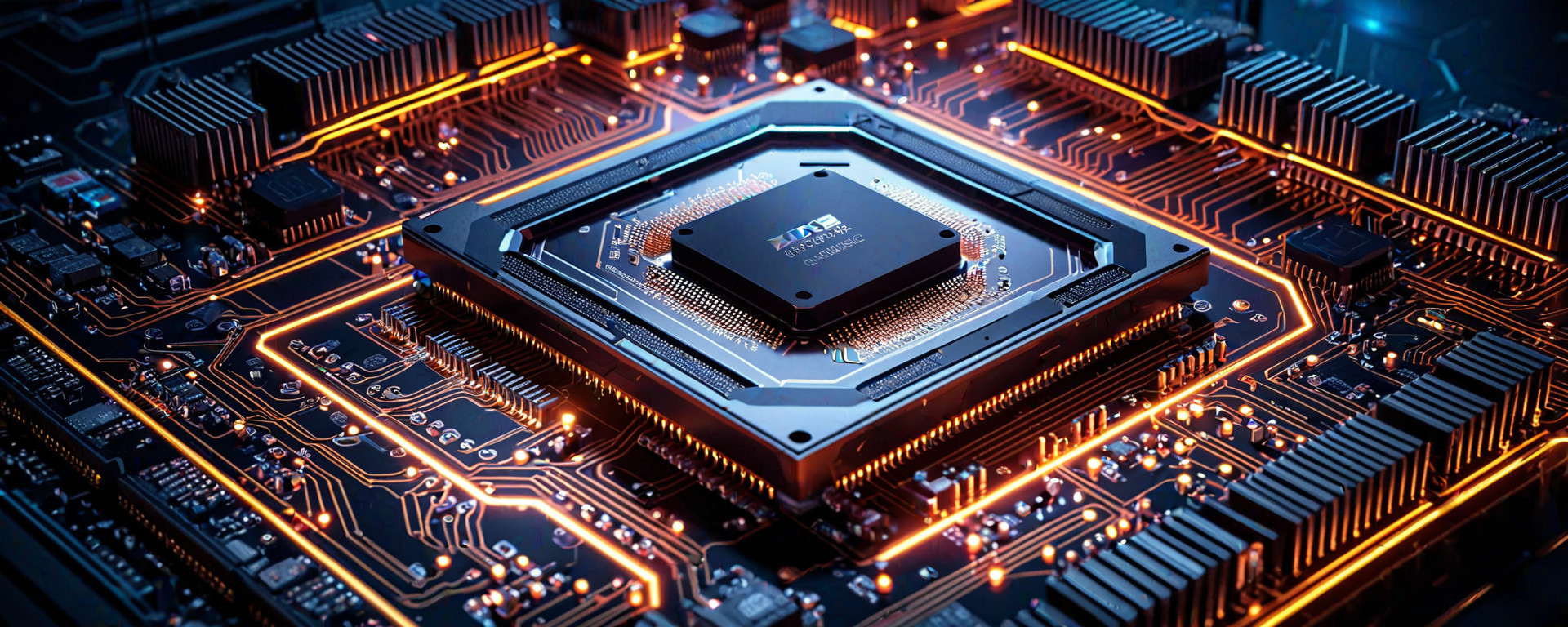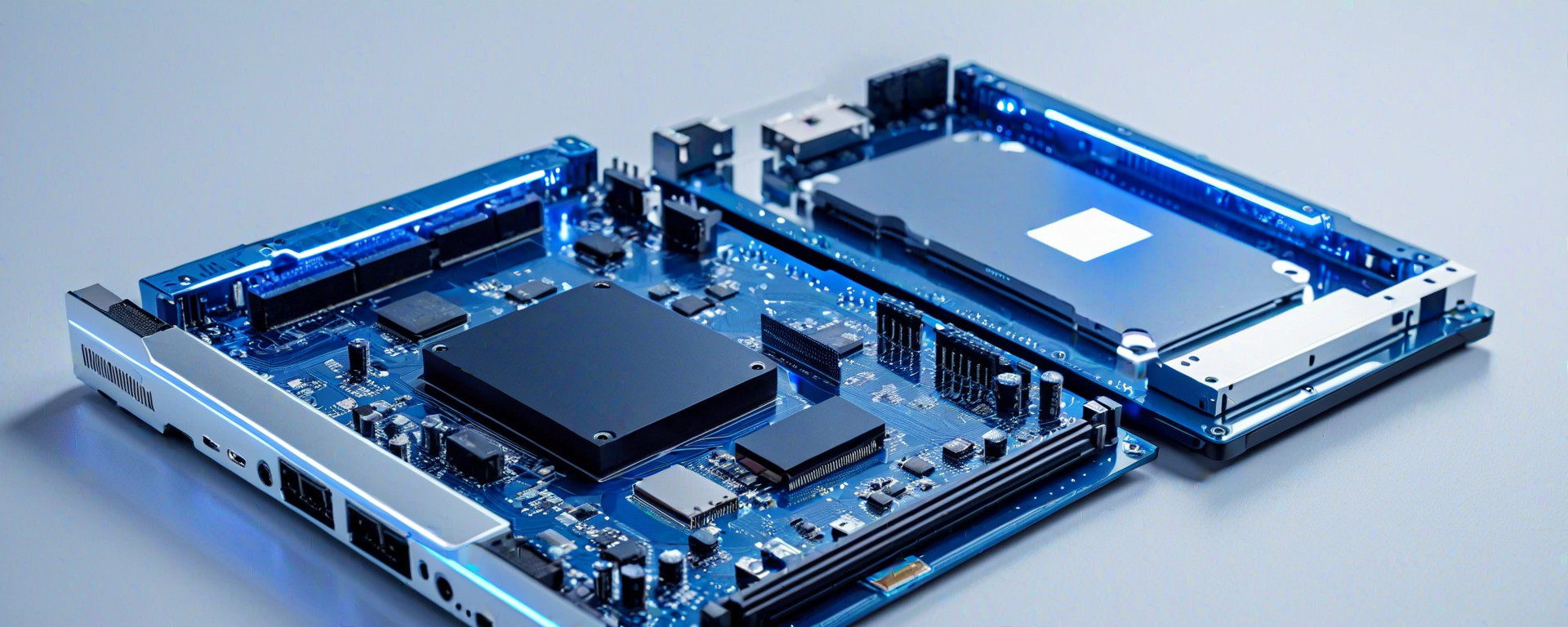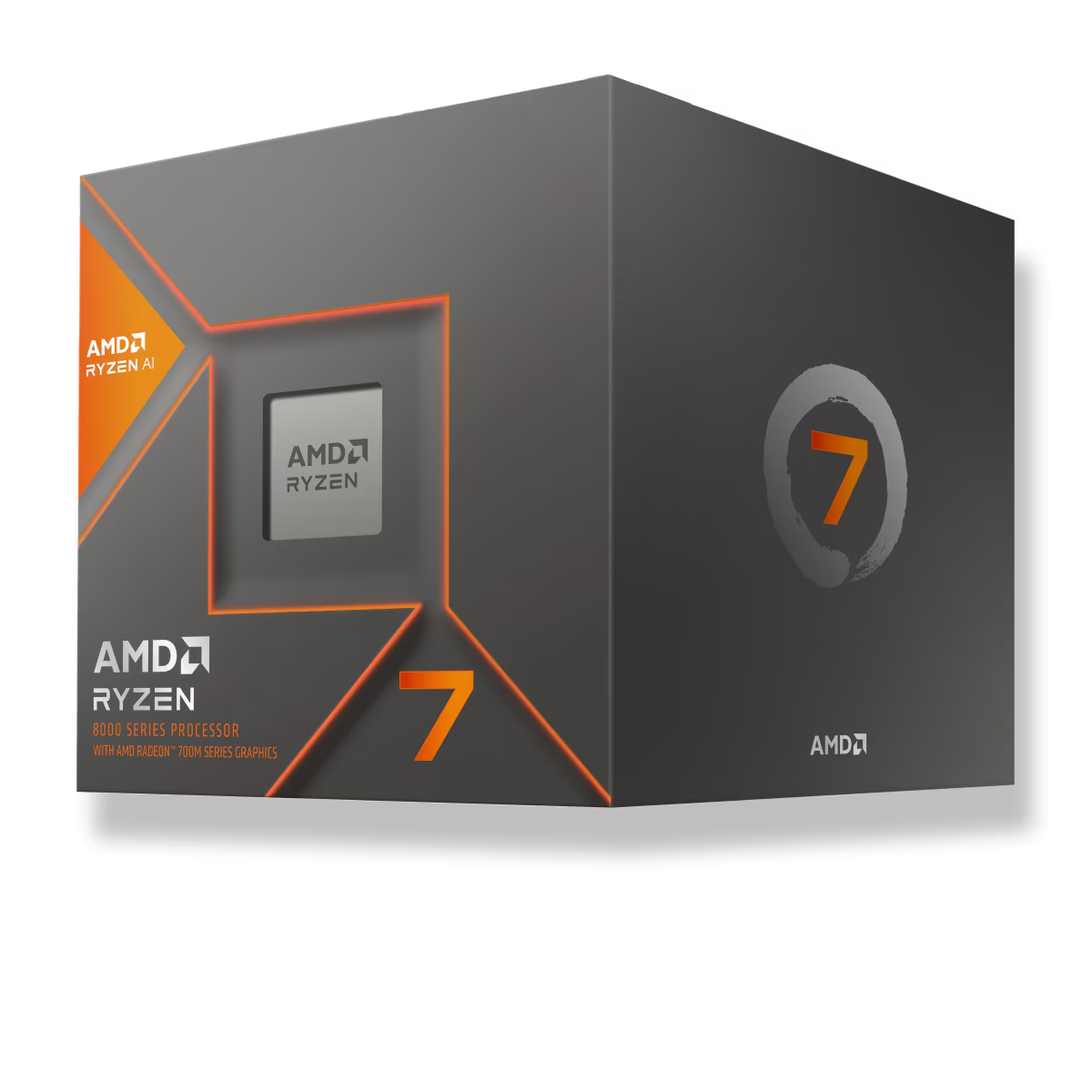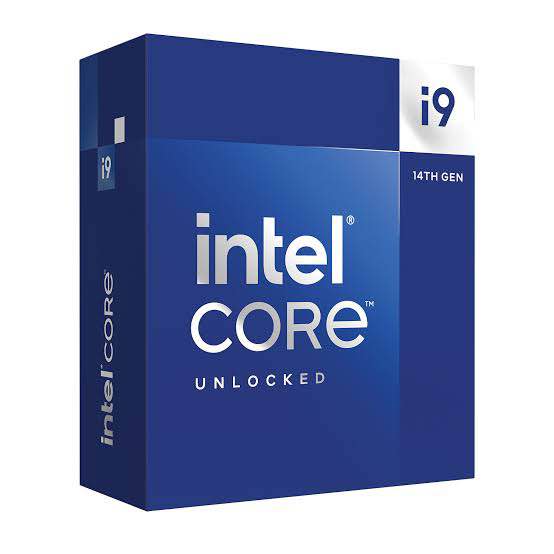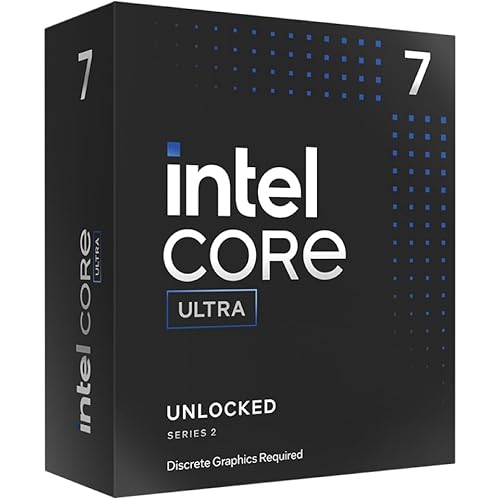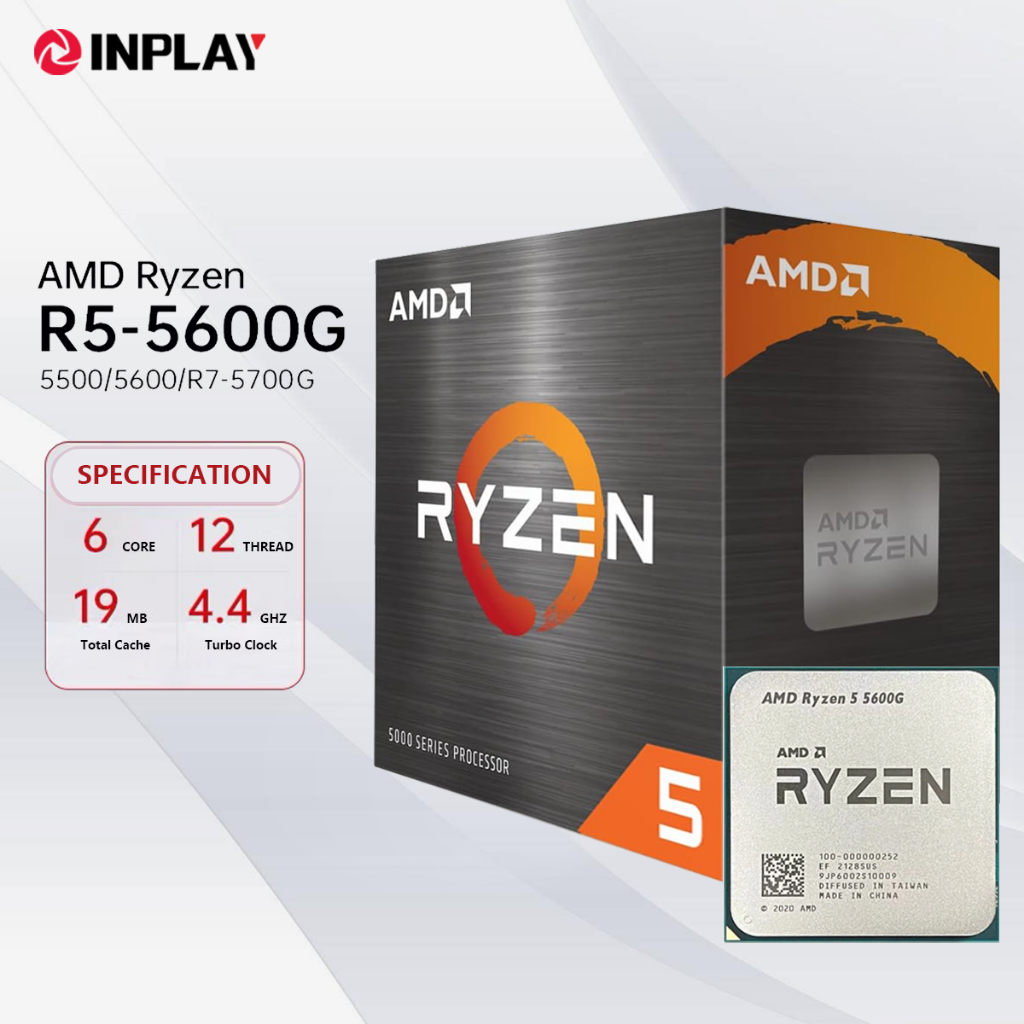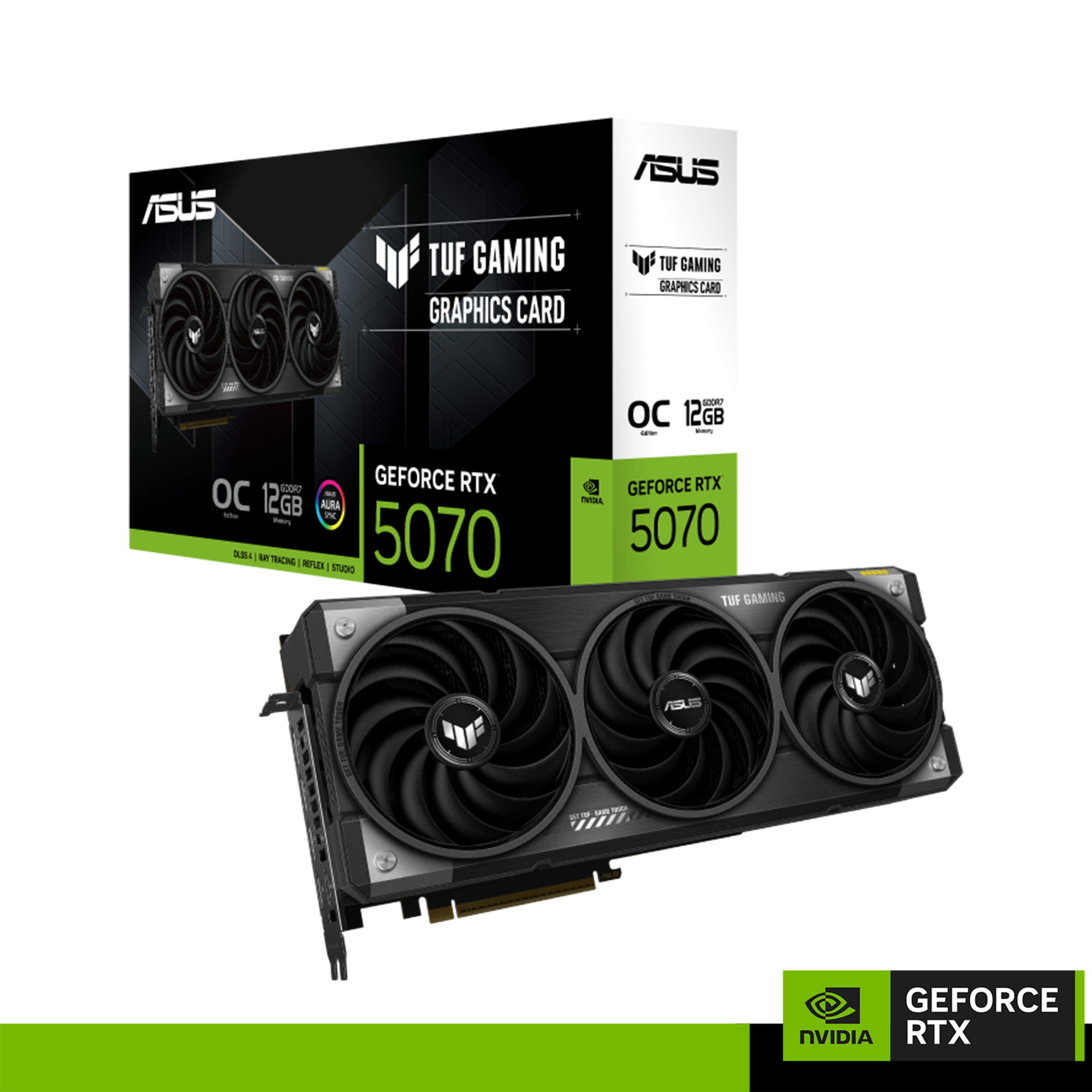Introduction
Selecting the right processor for your computer can significantly impact its performance, efficiency, and overall user experience. Whether you are a casual internet surfer, a hardcore gamer, or an avid video editor, the choice of processor plays a crucial role in achieving optimal system performance within your budget constraints. This guide aims to demystify the process of selecting the perfect processor by breaking down key concepts, evaluating your needs, and providing detailed comparisons across different price ranges.
The modern market is flooded with numerous processor options from brands like Intel, AMD, Apple, and others, each offering unique features and performance profiles. Understanding these differences can help you make an informed decision that aligns with both your budget and intended use cases.
Key Takeaways
- Define important terms related to processors.
- Evaluate your specific needs based on usage scenarios.
- Compare processors within different price ranges.
- Leverage performance benchmarks for real-world scenarios.
- Troubleshoot common issues and understand FAQs.
Understanding Processors: Key Concepts and Terminology
To make an informed decision, it's essential to grasp some fundamental concepts related to processors. Here are the key terms you need to know:
Clock Speed (GHz)
The clock speed measures how fast a processor can execute instructions per second. It is usually measured in gigahertz (GHz). A higher GHz value indicates faster processing capabilities.
Core Count
A core is the part of a CPU that processes data and executes instructions. Modern processors come with multiple cores, allowing them to handle more tasks simultaneously, thus improving multitasking performance.
Caching (L1, L2, L3)
Caches are small but extremely fast memory stores on the processor itself. They temporarily hold frequently accessed data and instructions, reducing the need for slower main memory access.
Thermal Design Power (TDP)
TDP is a measure of power consumption by a processor under typical load conditions. It helps in understanding cooling requirements to ensure stable performance without overheating issues.
Evaluating Processor Generations
Newer generations often bring architectural improvements, higher core counts, better manufacturing processes (leading to lower TDPs), and enhanced instruction sets like AVX-512 or SMT (Simultaneous Multithreading).
Integrated Graphics vs Dedicated GPUs
Some processors come with integrated graphics units that can handle basic gaming but lack the power for high-performance tasks. Dedicated GPUs offer superior performance, especially in games and video editing.
Evaluating Your Needs Based on Usage Scenarios
Your choice of processor should align closely with your intended use cases:
Basic Computing (Web Browsing, Email)
- Requirements: Low power consumption and quiet operation.
- Suggested Processor: Intel Celeron or AMD APU with integrated graphics.
Multimedia Consumption (Streaming, Video Chatting)
- Requirements: Balanced performance with emphasis on efficiency.
- Suggested Processor: Intel Core i3/i5 or AMD Ryzen 3/5.
Gaming and Casual Usage
- Requirements: High clock speeds, multiple cores for smooth gaming performance.
- Suggested Processor: Intel Core i5/i7 or AMD Ryzen 5/7 with a dedicated GPU.
High-Performance Computing and Professional Workloads (CAD, Video Editing)
- Requirements: Maximum cores, threads, high clock speeds for complex calculations.
- Suggested Processor: Intel Core i9 or AMD Ryzen Threadripper with ECC memory support.
Comparing Processors Within Different Price Ranges
The market is segmented into various price tiers, each offering different levels of performance and features. Below are some examples for a range of budgets:
Budget-Friendly ($100 - $200)
| Processor Model | Cores/Threads | Clock Speed (GHz) | TDP (Watts) |
|---|---|---|---|
| Intel Celeron N4120 | 4/8 | 1.1 - 2.6 | 7 Watt |
| AMD APU A9-9425 | 4/4 | 3.0 - 3.8 | 15 Watts |
Middle Range ($200 - $600)
| Processor Model | Cores/Threads | Clock Speed (GHz) | TDP (Watts) |
|---|---|---|---|
| Intel Core i5-1240P | 8/16 | 2.4 - 4.4 | 24 Watts |
| AMD Ryzen 7 5800H | 8/16 | 3.2 - 4.4 | 45 Watts |
Premium Range ($600+)
| Processor Model | Cores/Threads | Clock Speed (GHz) | TDP (Watts) |
|---|---|---|---|
| Intel Core i9-12900K | 16/24 | 3.2 - 5.2 | 125 Watts |
| AMD Ryzen Threadripper 3970X | 32/64 | 3.7 - 4.5 | 280 Watts |
Detailed Performance Analysis and Future Trends
New technologies such as chiplet architectures, next-gen manufacturing processes (e.g., EUV), and advancements in power efficiency continue to drive improvements.
Performance Metrics
- Cinebench R20: Measures single-threaded and multi-threaded performance.
- 3DMark Physics Tests: Evaluates the processor's ability to handle physics calculations in games.
- AIDA64 Stress Test: Checks stability under heavy loads, ensuring reliability.
Troubleshooting Common Issues and Optimization Tips
Proper maintenance ensures optimal performance. Here are some tips:
- Keep the system clean and free of dust.
- Ensure proper cooling solutions (fans or watercooling).
- Monitor temperatures with software like HWMonitor.
- Update BIOS and drivers regularly for bug fixes and enhancements.
Frequently Asked Questions About Choosing a Processor
- What is the difference between L1, L2, and L3 cache?
- How does TDP affect processor performance?
- Why do some processors have integrated graphics while others don't?
Conclusion
Selecting the right processor depends on your specific needs and budget. By understanding key specifications, evaluating usage scenarios, and staying informed about technological advancements, you can make an educated decision that best suits your requirements.
This comprehensive guide aims to provide a thorough overview of choosing the optimal CPU based on various factors such as performance metrics, future trends, troubleshooting tips, and common FAQs. Happy computing!
